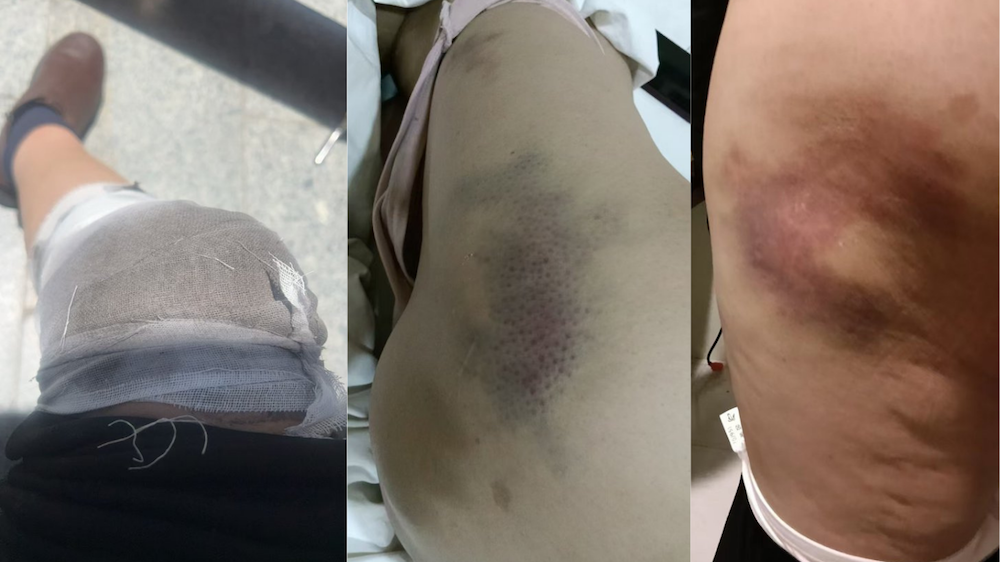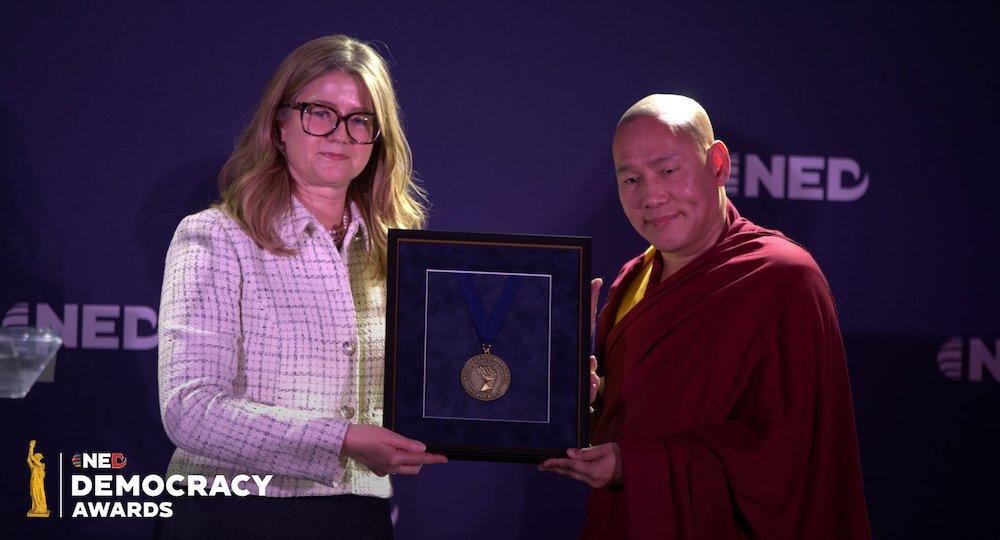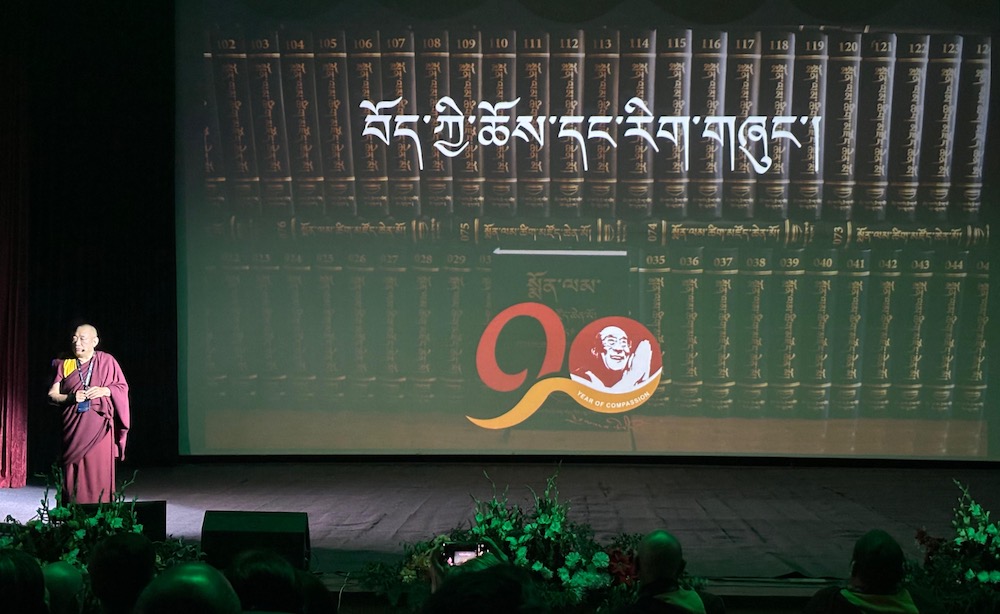Solemnly chanted prayers, fluttering Tibetan and American flags and piercing cries for Tibetan independence marked the beginning of a long journey Friday for dozens of protesters seeking a free Tibet.
Organizers of the “March for Tibet’s Independence,” which started at the Downtown Mall on Friday and will conclude in Washington on June 11, hope their message extends well beyond the 115-mile corridor of their journey.
“This is based on giving a message to the people of America and sending a message to the people of China and in Tibet,” said Gyalsten Sangpo, a Charlottesville resident who escaped twice from detention camps as a teenager in Tibet and reached asylum in the United States nearly five years ago. “We won’t forget or give up. We’ll continue until we reach our goal.”
Tibet has been the center of dispute since 1950, when Chinese troops took control of the mountainous region, which today is part of southwest China. A failed uprising nine years later caused the Tibetan leader, the Dalai Lama, to flee to India and begin a government-in-exile there. For 47 years, the Dalai Lama and other exiled Tibetans – as well as thousands of activists from other parts of the world – have drawn attention to what they consider a slaughter of the Tibetan people and culture at the hands of the Chinese, and have demanded that China recognize an autonomous Tibet.
In an effort to spread that message, 17 activists from around the United States will spend the next nine days walking from the Downtown Mall to the Chinese Embassy on Connecticut Avenue in Washington, stopping along the way to speak to students, congregations and other groups. They expect to be joined by others for segments of the march, and plan to join a larger rally in front of the embassy.
Beyond the 17 who will walk the full journey, “we have no idea how many people we’ll have,” said Douglas Herman, an International Tibet Independence Movement board member from New York City. “But one of the goals is just to raise awareness, especially among the younger generation.”
Jigme Norbu, nephew of the Dalai Lama, was on hand Friday to lead the march. “When we walk, we’ll have pains,” he said. “But just think of what we have in our history. We’re very lucky. … Tibetans don’t have what we have.”
The oldest to make the journey, most of which runs along U.S. 29, is 77 years old. In addition to having scheduled accommodations for the evening, a support van will follow the group.
ITIM President Larry Gerstein, who started these types of marches in the 1980s with the Dalai Lama’s eldest brother, Taktser Rinpoche, talked about the importance of continuing demonstrations, both for those in the United States and those in Tibet. “These Tibetans, their voices get into Tibet and give [the people there] hope,” he said. “These are important advocates for freedom, because people in Tibet can’t do it themselves.”
Gerstein said Charlottes-ville has a particularly educated community when it comes to Tibet, and pointed specifically to the University of Virginia’s Tibetan Studies program. “The foundation is here,” he said. “Now it’s time to bring out the advocacy side.”
Cate Tokarz was walking along the Downtown Mall with her 3-year-old daughter, Lizzi, when she noticed the pre-march demonstration. She said she was proud to let her daughter sit among the protesters and wave a flag. “I want to teach her early that it’s important to be an American child,” she said. “It’s important to stand up for these kinds of things.”
To Tenzin Thosam, who found asylum in the United States seven years ago and now serves as president of the Tibetan Association of Charlottesville, Friday’s march was a poignant symbol. “I feel cut off from my root,” he said. “It’s a powerful and sad feeling to be here today. We are not happy when we think of the country that gave us birth. Something is missing in our lives, and we carry that pain every day.”









